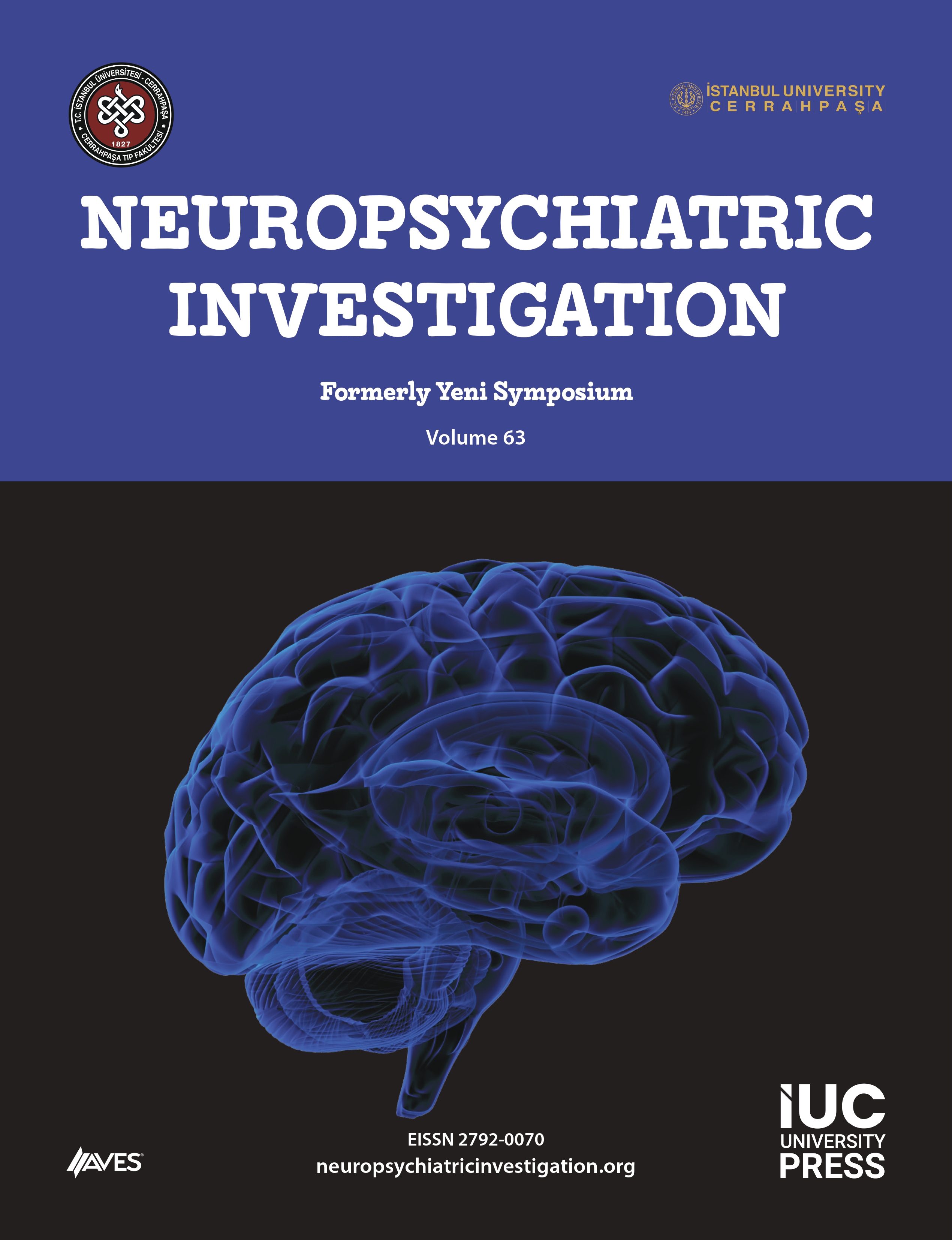Objective: “Restraint” can be described as interventions intending to limit a patient’s body movements and to control his/her behaviors in therapeutical settings. Nowadays it is aimed to minimize restraint practices. In this study, we aimed to determine current rates of physical restraints and to investigate sociodemographic and clinical variables which may be related with restraint practices.
Method: The study was conducted in two psychiatric inpatient units (64-bed male and 28-bed female units) of Bakirkoy Training and Research Hospital for Psychiatry, Neurology and Neurosurgery, between March 1 and May 31 2015. Sociodemographic and clinical data forms were completed using case files and restraint records.
Results: In a total number of 481 inpatients (351 male, 130 female) the number of restrained patients was 98 (20.3%). Among male patients, the number of restrained cases was 90 (25.7%), among female patients it was found 8 (6.2%). There was no significant difference in sociodemographic characteristics between restrained and unrestrained patients but the duration of illness and electroconvulsive therapy rates were significantly different. Psychoactive substance abuse was higher in restrained male (44.4%) patients compared to unrestrained patients (26.4%). Restraint rates were higher in patients having a diagnosis of substance-related disorder compared to other diagnoses. Restraints occurred most commonly in the first day (48%) of hospitalization.
Conclusions: The studies carried out in psychiatric hospitals suggested major differences in the rates of restraints among different countries and institutions. Many factors including psychoactive substance abuse should be considered to reduce restraint rates in mental health hospitals.




.png)